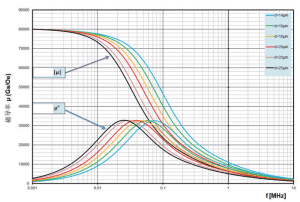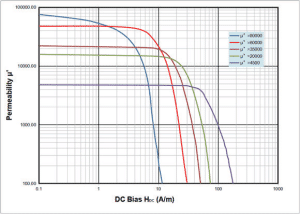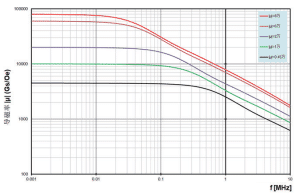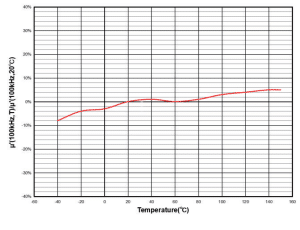Nanocrystalline Cores
Nanocrystalline cores are a revolutionary material redefining the landscape of electronics and beyond. Imagine a material with the magnetic prowess of a superhero, boasting superpowers like:
- Super Strength: Incredibly high permeability, channelling magnetic fields with ease, leading to smaller, more efficient components.
- Super Speed: Low core losses, minimising energy dissipation and heat generation, ideal for high-frequency applications.
- Super Toughness: High saturation flux density, allowing them to handle powerful magnetic fields without losing their composure.
These tiny crystals, measuring just a few nanometers, are meticulously arranged to form cores for transformers, inductors, and filters. Their unique properties unlock a treasure trove of benefits across various industries:
Power Electronics:
- Smaller, lighter transformers: Nanocrystalline cores enable compact, high-efficiency transformers for power supplies, inverters, and chargers, reducing device size and weight.
- Reduced energy consumption: Lower core losses translate to less energy wasted as heat, improving overall system efficiency and contributing to a greener footprint.
- Enhanced noise filtering: Superior performance at high frequencies makes nanocrystalline cores ideal for filtering electromagnetic interference (EMI) in power electronics circuits.
Automotive Industry:
- Efficient electric vehicle (EV) chargers: Nanocrystalline cores in EV chargers minimise energy losses, leading to faster charging times and extended battery range.
- Quieter electric motors: Their low noise generation contributes to the quieter operation of electric motors in EVs and hybrid vehicles.
- Improved fuel efficiency: By enabling smaller, lighter power electronics components, nanocrystalline cores indirectly contribute to better fuel economy in hybrid vehicles.
Telecommunications:
- Enhanced signal quality: Their excellent high-frequency performance makes nanocrystalline cores ideal for filters and transformers in telecommunication equipment, ensuring cleaner signal transmission.
- Increased data transfer rates: Nanocrystalline cores contribute to faster data transfer speeds in communication networks by minimising signal distortion.
- Compact, reliable equipment: Their ability to handle high power densities allows for the creation of smaller, more efficient telecommunication equipment.
Beyond these, nanocrystalline cores are finding applications in diverse fields like renewable energy, medical devices, and aerospace.
However, with great power comes great responsibility. Nanocrystalline cores are more expensive than traditional ferrite cores, and their fabrication requires specialised techniques. But as research and development continue, these challenges are being overcome, paving the way for broader adoption of this remarkable material.
The future of electronics is bright, and nanocrystalline cores are poised to play a starring role. Their exceptional properties promise a world of more efficient, compact, and powerful devices, shaping how we live, work, and interact with the world around us.
The following technical data outlines our capabilities; however, if you need further engineering assistance, please contact our Technical Department.
Nanocrystalline Cores for Common Mode Chokes
You can Download a copy of the 'Nanocrystalline Cores for Common Mode Chokes - Technical Data Sheet' here...
Nanocrystalline Cores for Current Transformers
The following technical data has been made available to help you select the appropriate core however if you need further engineering assistance then please contact our Technical Department.
| Characteristic | Performance |
| Saturation Induction Bs(T) | 1.25 |
| Curie Temperature Tc (°C) | 570 |
| Crystalline Temperature Tx (°C) | 500 |
| Hardness Hv | 800 |
| Initial Permeability (μ₀) | >12x10⁴ |
| Saturation Magnetostriction | 2.0x10⁻⁶ |
| Density (g/cm3) | 7.2 |
| Resistance Ratio (μΩ.cm) | 130 |
| Thickness(μm) | 28~35 |
| Stacking factor | ≥0.75 |
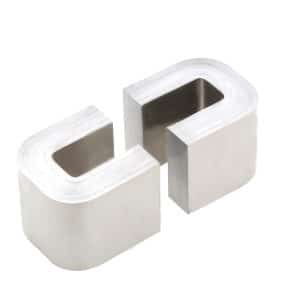
You can Download a copy of the 'Nanocrystalline Cores for Current Transformers - Technical Data Sheet' here...
Nanocrystalline C Cores
You can Download a copy of the 'Nanocrystalline C Cores - Technical Data Sheet' here...
Need Engineering Assistance?
Most of our customers often need a bit of help with selection, please contact us and our engineering staff can assist. Development quantities are available.


